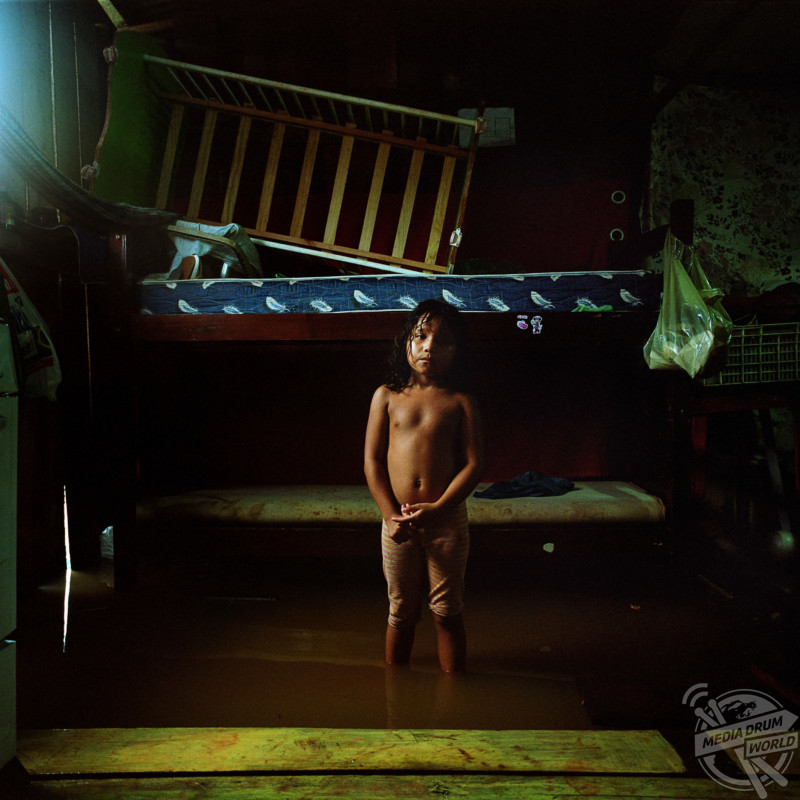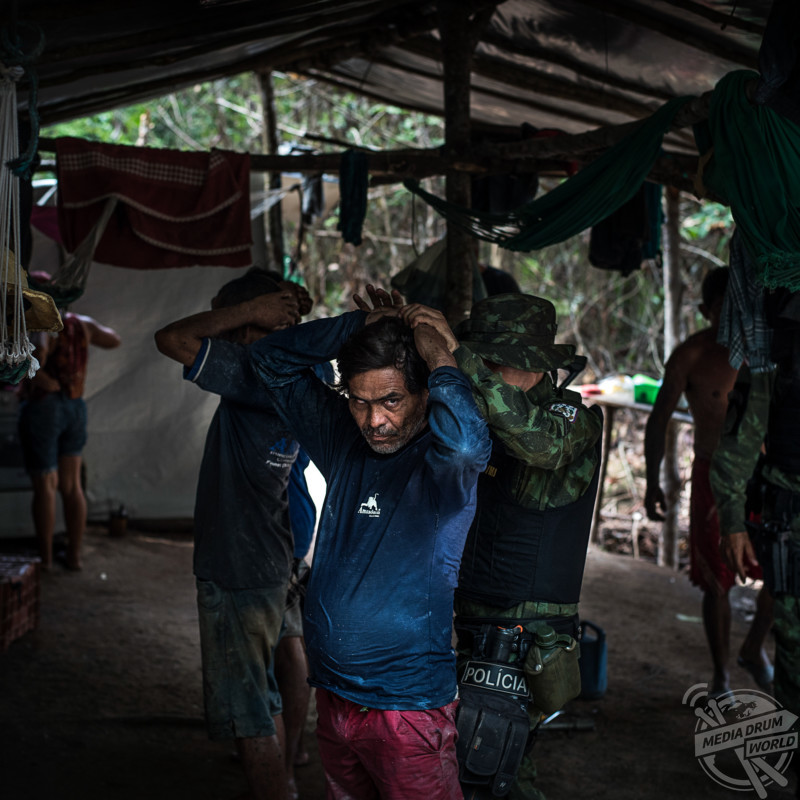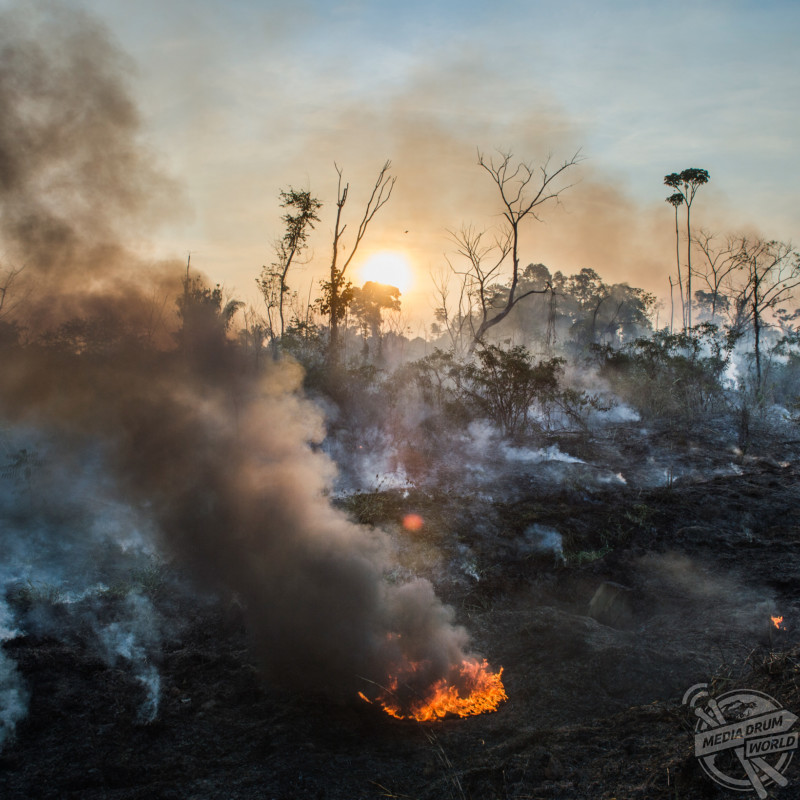By Mark McConville
THE ENVIRONMENTAL destruction of the Amazon and human impact the construction of a mega dam is having has been captured in a series of heartbreaking images.
Striking shots show a single tree standing alone amongst scorched land, fires burning as black smoke fills the air and a fisherman pulling up empty nets.
Other pictures show indigenous tribes in traditional dress sitting in a hall to hear about the dam construction, security checks by the military and young children watching television in a wooden hut.

Canadian photo journalist, Aaron Vincent Elkaim has captured the beautiful people and nature of the Brazilian Amazon in his series, Where the River Runs Through.
The main focus of this series is the impacts of the Belo Monte mega dam and the environmental destruction in the Amazon.
“The basic message I am hoping to convey is that life is about more than our material and technological comforts, and that those comforts come at a cost to others, the health of the earth and maybe even our own happiness,” said Aaron.
“Those that pay the price are also those who live outside the system. People who live directly from the wealth of the land don’t have the materialism we hold so dear, instead of living for what they want, they live for the day, for their families, for their communities, and in that I see fulfilment of the human spirit, something that is often lacking in our modern lives.”

The Belo Monte dam complex has been an on-going issue since 1975, when Brazil’s Military Dictatorship wanted to build five dams and flood more than 7000 square miles.
In 1989, attempts to construct it were delayed when indigenous protests by the Kayapo tribe, who live 300 miles up stream on the Xingu River, created an international outcry.
In 2007, under the government of Lula da Silva and as part of the ‘Accelerated Growth Program’, the design of Belo Monte Dam was redesigned.

Today, three dams with a new reservoir of 193 square miles diverts 80 per cent of the Xingu River along the Volta Grande or Big Bend, where the Juruna, Arara and Xikrin tribes live – the most directly impacted indigenous groups.
Their fish stocks have plummeted, their water polluted and their ability to navigate the river impeded.
Construction began in 2011 and is supposed to be fully operational by 2019. Many other regional tribes and traditional riparian peoples, such as fisherman and rubber tappers that have lived in the region for generations have also been displaced or impacted.



